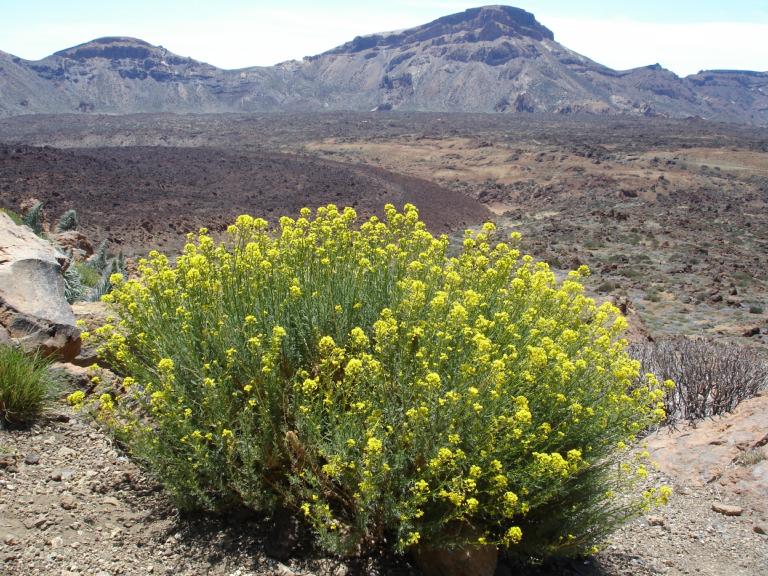
In the flowering plants, herbaceous plants have evolved into woody plants hundreds of times independently from each other during evolutionary history. This is especially true in the mustard family (Brassicaceae), a family well-known from the model plant Arabidopsis thaliana and many crop species.
We know that an evolutionary transition from the herbaceous towards the woody state evolved around one hundred times in this family alone – a case of massive parallel evolution – and we hypothesize that drought is an important driver of this change. However, we also know that the picture is more complicated. Knowing when and where woodiness evolved, and under what climatic circumstances, will help us understand the evolutionary drivers of the formation of woodiness. We hope that such new knowledge will aid future researchers, for example, crossing important crop species with woody wild relatives in order to breed more drought-resistant varieties.
For more information visit: https://www.naturalis.nl/en/science/exploring-massive-parallel-evolution-and-diversification-of-derived-woodiness-in-brassicaceae
Objectives
This project aims to determine when (in historical times), where (on Earth), and under what climatic conditions mustard species have evolved from an herbaceous state towards a woody state.
Methods
You will use a comprehensive mustard family phylogeny (recently finished by the supervisors and to be published later this year) and trait state data (also already available), and to compile a database of species occurrences based on records from gbif (https://www.gbif.org/). This database will need cleaning to remove likely errors, and additional records from herbarium collections. This newly created occurrence database will be compared with available climatic data (BIOCLIM), such as on temperature and rainfall, to perform so-called ecological niche modelling (ENM) using the Outlying Mean Indexes (OMI) method. The student will use different modelling techniques and an exciting set of R packages (e.g. Rgbif, CoordinateCleaner, WitOMI, and phyloglm) to do the analyses.
Student requirements
We are looking for an eager student with an interest in global plant trait evolution and an affinity for modelling. Experience with the R language and GIS are very helpful.